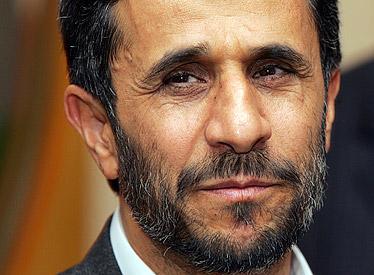In 1973, it would have been hard to imagine anyone would ever wax nostalgic about the Cold War. How times have changed. There is nothing like almost three years of Iranian President Mahmoud Ahmadinejad to help burnish the memory of former Soviet Premier Leonid Brezhnev. The Cold War was an expensive and deadly conflict, sapping trillions of dollars over four decades and resulting in tens of millions of lives lost. Energies that could have been devoted to human betterment were directed instead toward human destruction. The Cold War had its successes, from spurring scientific advancement to putting a man on the moon, but despite its progress, it diverted energy and attention from problems that remain unsolved decades later. Yet, for all of the Cold War's costs, they were not as great as they might have been. Had a true shooting war broken out between the United States and the Soviet Union, the losses would have been infinitely greater. Huge standing armies could have wreaked havoc on each other, while vast nuclear arsenals could have laid waste to each other's major cities. Rather than tens of millions of deaths, there would have been hundreds of millions; the trillions of dollars in costs would have been many times more.
The Cold War Analogy: Another Way With Iran

